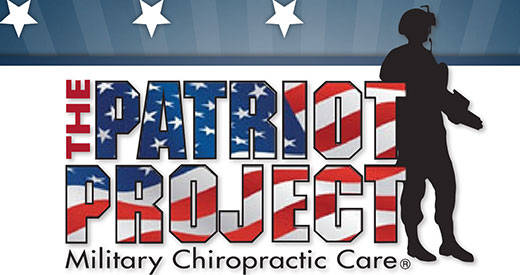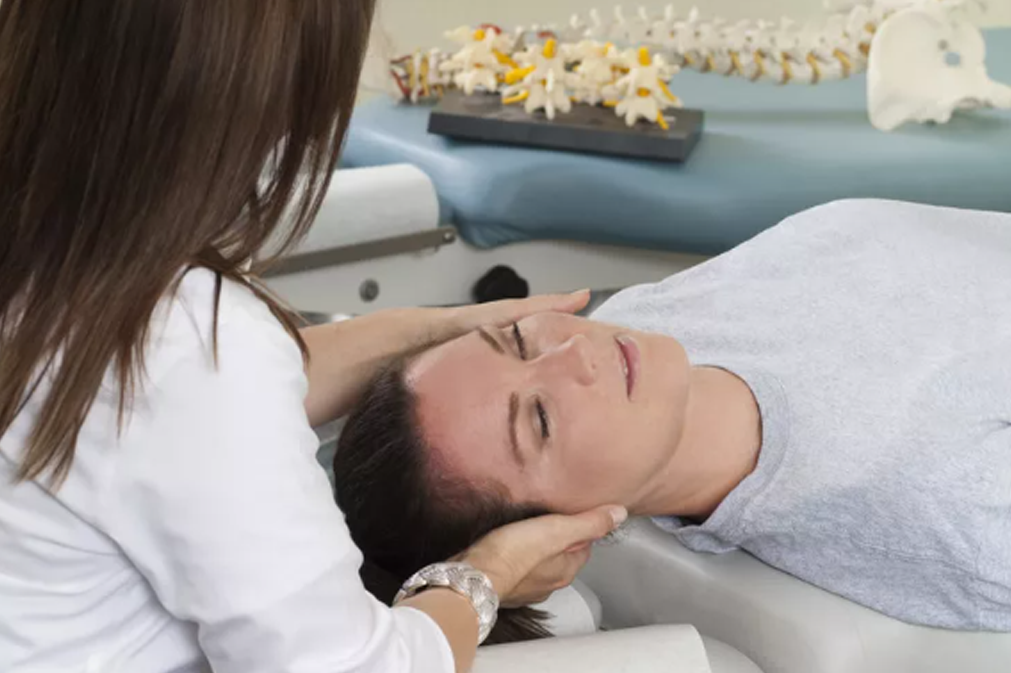Differences in Pain-related Characteristics Among Younger and Older Veterans Receiving Primary Care
SOURCE: Pain Med. 2002 (Jun); 3 (2): 102–107
M. Carrington Reid, PhD, MD Kimberly T. Crone, PhD John Otis, PhD Robert D. Kerns, PhD
Clinical Epidemiology Unit,
VA Connecticut Healthcare System,
West Haven, Connecticut 06516, USA.
|
Editorial Comment: The most disturbing comment in this article was: Furthermore, the vast majority of respondents reported that the pain causing them the most discomfort had been present for years: Over 90% of all respondents reported a pain duration of greater than 6 months, suggesting that chronic (as opposed to acute) pain conditions are more concerning to veterans receiving primary care. |
OBJECTIVES: To characterize the nature of pain complaints among younger and older veterans receiving primary care, and to determine whether characteristics of pain vary as a function of age.
METHODS: Primary care patients at a Veterans Affairs medical center were screened for pain prior to a routine office visit, and those who endorsed a concern about pain were given a self-administered questionnaire that inquired about specific characteristics of their pain including site, duration, frequency, and average intensity of the pain.
RESULTS: Over a 7–month period, 1,290 patients were screened; 641 (50%) reported a concern about pain, and of these, 516 (82%) completed the pain survey. Among younger (age <65 years, N = 191) and older (age > or =65 years, N = 325) respondents, the mean number of sites causing pain was similar (3.6 vs 3.3). Back pain was the most frequently reported site of pain causing the most discomfort among younger (vs older) respondents (31.9% vs 17.8%), whereas older (vs younger) respondents most often endorsed leg pain (32.3% vs 19.9%). The mean duration of pain was not significantly different between older and younger (10.7 vs 10.1 years) respondents; but older (vs younger) respondents were more likely to report constant pain (63.7% vs 46.9%). Using a 0 to 10 numeric rating scale, pain intensity scores were higher among younger (vs older) respondents (5.3 vs 4.3). Rates of prescription pain medication use were not significantly different (52.4% vs 48.0%). Compensation for pain-related disability was more common among younger (vs older) respondents (40.4% vs 19.4%).
There are more articles like this @ our:
CONCLUSION: Concerns about pain are common among veterans receiving primary care. Characteristics of pain, including site, frequency, and intensity, varied as a function of age. Future studies are needed to confirm these findings in other primary care populations and to determine reasons for these differences.
Keywords: Pain, Primary Health Care, Aging
From the FULL TEXT Article:
Introduction
Prior studies have demonstrated that pain is common among younger primary care populations and associated with substantial disability. [1–3] For example, in one multicenter, crossnational study of primary care patients aged 18 to 65 years, the prevalence of persistent pain, defined as pain present most of the time for 6 or more months during the previous year, ranged from 5.5% to 33.0% across study sites. [1] Persistent pain was associated with significantly higher rates of depressive symptoms, anxiety disorders, and activity limitations in this study. [1]
The epidemiology of pain in older (i.e., 65 years of age or above) persons is a source of considerable interest, given the advancing age of the U.S. population and because of the increased likelihood that older persons will experience a greater number of chronic conditions that predispose to pain. [4, 5] Based on prior studies conducted in community settings, prevalence estimates for chronic pain in older persons range from 10% to 62%. [6–10] The wide range in prevalence rates is likely due to differences in the populations studied and the criteria used to define chronic pain. Conditions that predispose to chronic pain among older persons include degenerative and inflammatory arthropathies, myalgias, neuralgias, as well as fractures due to trauma and osteoporosis, and frequently coexist in this age group. Prior research has demonstrated strong and independent associations between the presence of pain and disability in older persons. [11–14] Nonpain factors that may adversely impact function among older persons with pain include medical factors such as obesity [15], as well as psychological factors such as depressive symptoms [16, 17] and low self-efficacy. [18, 19] Pain-related factors that may increase the risk for disability in this age group include pain intensity, number of locations, and duration of pain. [20]
Although increasing attention has been directed at better defining the prevalence and health-related consequences of pain in older populations, the epidemiology of pain among older persons in primary care settings remains inadequately characterized. Determining the prevalence and nature of pain complaints among older persons receiving primary care is important and could lead to the development of more focused assessment and treatment strategies in this clinical setting. Such information would be particularly useful to primary care providers who provide the vast majority of care for older persons in this country. In addition, determining whether characteristics of pain (e.g., site, frequency, intensity) vary between older versus younger primary care patients could also help to focus future intervention efforts.
Accordingly, the purpose of our study was to characterize the nature of pain complaints in a sample of predominantly older veterans receiving primary care, and to determine whether specific characteristics of pain vary as a function of age.
Read the rest of this Full Text article now!







Leave A Comment